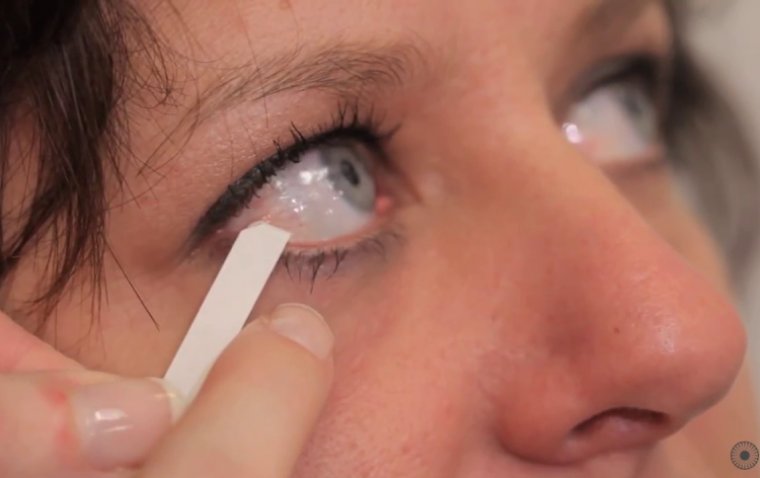
Contact Lenses for Color Blindness
Color blindness, also known as color vision deficiency, is a condition in which an individual has difficulty distinguishing certain colors. While it is more common in men than women, it can affect people of all ages and races.
There are three main types of color blindness: protanopia, deuteranopia, and tritanopia. Protanopia is a lack of sensitivity to red light, deuteranopia is a lack of sensitivity to green light, and tritanopia is a lack of sensitivity to blue light. People with these conditions may have trouble distinguishing between certain colors, such as red and green or blue and yellow.
How Do They Work?
One way that people with color blindness can improve their ability to see colors is through the use of contact lenses. Contact lenses for color blindness work by filtering out certain wavelengths of light to improve color perception. These lenses are not a cure for color blindness, but they can help people with the condition see colors more accurately.
There are two main types of contact lenses for color blindness: chromatic and anomalous. Chromatic lenses are designed to correct red-green color blindness and are made from a special pigment that absorbs light in the red and green wavelengths. Anomalous lenses, on the other hand, are designed to correct for blue-yellow color blindness and work by blocking certain wavelengths of blue light.
Both types of lenses are typically made from a soft, flexible material that is comfortable to wear and easy to care for. They are also available in a range of prescriptions to suit different vision needs.
They Are Effective, But Don’t Offer Permanent Solution
While contact lenses for color blindness can be effective in improving color perception, they are not a cure for the condition. They may also not be suitable for everyone, as some people may experience discomfort or irritation when wearing them. It is important to consult with an eye care professional before using these lenses to determine whether they are the right choice for you.
In addition to contact lenses, there are also other methods that can help improve color perception in people with color blindness. These include color filters, specialized glasses, and computer software that can help adjust the colors on a computer screen.
Special glasses for color blindness are designed to help individuals with this condition perceive colors more accurately. These glasses use filters to selectively block certain wavelengths of light and enhance the contrast between different colors.
● Enchroma glasses: These glasses use special filters to enhance the contrast between red and green, which can help individuals with red-green color blindness better distinguish between these colors.
● Chromagen glasses: These glasses use lenses with a red filter to help individuals with red-green color blindness see red and green more accurately.
● Color correction glasses: These glasses use a combination of filters to help individuals with color blindness see all colors more accurately.
It is important to note that contact lenses or glasses for color blindness are not a cure for color deficiency. They can, however, greatly improve an individual's ability to perceive colors and can make a significant difference in their daily life.
(1).jpg)










